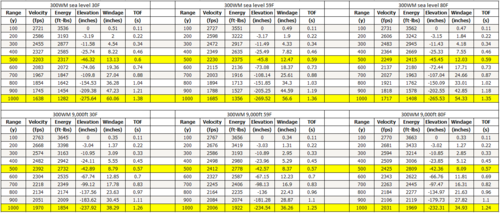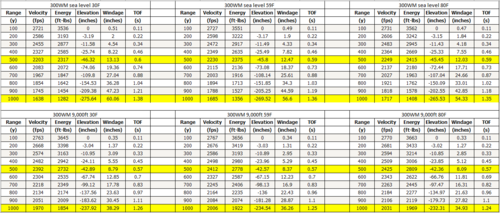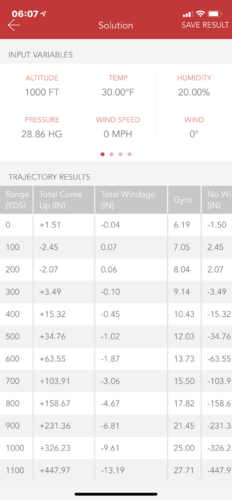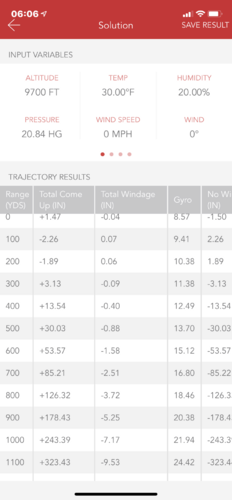nwihunter
Well-known member
I’m in the process of choosing ammo and getting my new rifle sighted in. This season will my first time rifle hunting out west and up in elevation. I have mounted a new Leopoldo VX3 with the cds dial on it. (Thanks to schmalts). My question has to do with how much will elevation affect my shooting? When I have the custom dial made they need the ballistics of my ammo and also I believe the elevation. We will be hunting elk at 9,000 to 11,000 ft. It will also be used for whitetail hunting back home at 700 ft.









